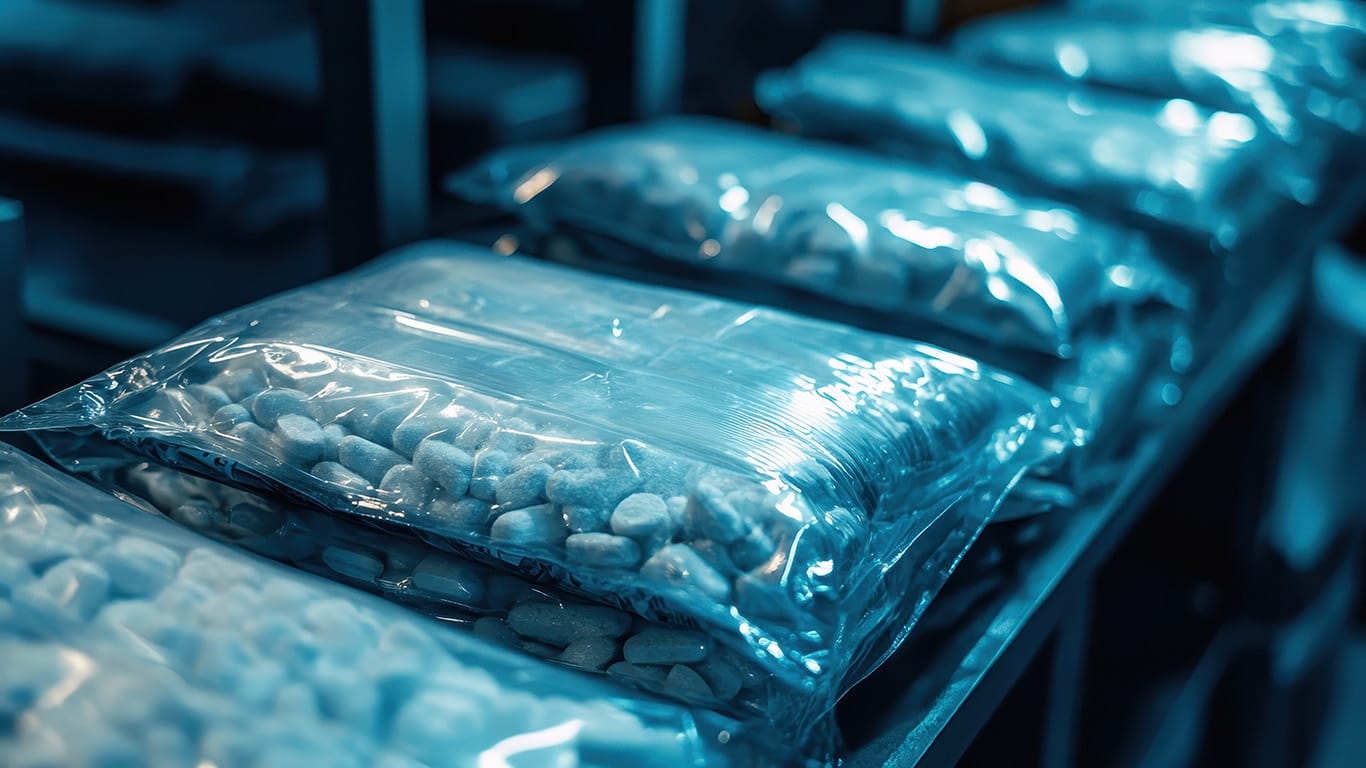Arizona investigators and state officials described a fentanyl market that is larger, faster, and harder to treat, warning that adulterants are complicating overdose rescues.
“Here’s our elephant in the room. Fentanyl, right?” said Detective Matthew Shay, a veteran Maricopa County Sheriff’s Office detective on the Drug Suppression Task Force. He spoke to clinicians at the Advances in Addiction Medicine and Toxicology 2025 conference hosted by HonorHealth, and said counterfeit pills, powder, and new mixes have become routine in local cases.
DEEPER DIVE: Top 10 Arizona ZIP codes people are moving to in 2025
LOCAL NEWS: 100 best places to work and live in Arizona for 2025
Shay said investigators are seeing bulk movements in multiple forms.
“I think we’re up to about 150 gallons of liquid bluefentanyl,” he said. “They’re mixing this south of the border and smuggling it up. We took off one set that was in Flagstaff and one set that was on its way up to Oregon.”
He said crews are supplying prisons and neighborhoods across the Valley as counterfeit pills and powder circulate.
Shay said the typical unit has changed as volumes climbed.
“A box, a ‘caja,’ is Mexican slang for a kilo of fentanyl pills. That’s 9,870 pills, what they traffic nowadays. And it’s not even like they’re trafficking this to New York. This is them taking it from Tucson to Phoenix or Phoenix to Flagstaff.”
He also described concealment methods used to move pills in bulk. In one case, “inside the bounce house, the investigators located 525,000 fentanyl pills with an estimated value of about $525,000,” he said, showing photos of the load recovered from a truck bed and other seizures hidden in window frames and car compartments.
Adena J. Bernstein, the Arizona attorney general’s fentanyl policy strategist, outlined coordinated enforcement and prevention efforts, including a prosecutors-only fentanyl task force and naloxone distribution.
Shay said that in fiscal year 2025, the office seized more than 6.5 million fentanyl pills and more than 230 pounds of fentanyl powder, roughly the equivalent of 52 million potentially lethal two-milligram doses.
Policy has also shifted. Under Arizona law, selling more than 200 grams of fentanyl carries a sentencing range of five to 15 years for a first offense. Judges can add or subtract years depending on the circumstances, and penalties are higher for repeat offenders.
Shay urged clinicians to watch for sedative alternatives that complicate care. “Xylazine is getting huge here in the state of Arizona,” he said, adding that Narcan does not counter its effects, which can prolong sedation even after naloxone addresses the opioid component. He also described the spread of smokable “fetty” and other forms that investigators say are marketed to people who have developed a tolerance to pills.
Dr. Reynaldo Hernandez, an emergency physician and medical toxicologist who spoke about intoxication and overdose, emphasized bedside pattern recognition.
“Bowel sounds are how you differ,” he said, summarizing how clinicians distinguish toxidromes when vital signs and pupils overlap.
Shay said the trends align with what units are recovering weekly: larger loads, new concealment methods, and more cases involving non-opioid alternatives. Speakers encouraged clinicians to plan for more extended observation and to be alert to counterfeit products marketed with colors and branding meant to signal strength or novelty, even when contents vary.




